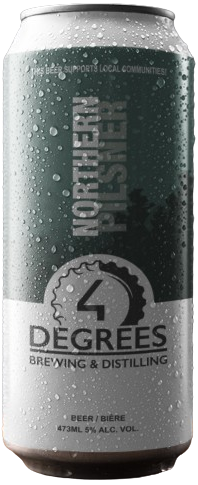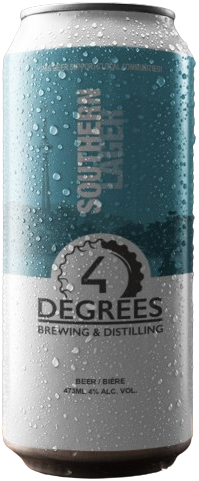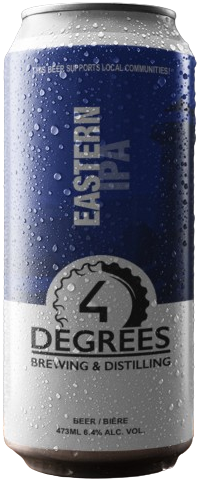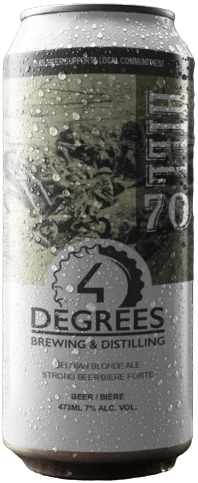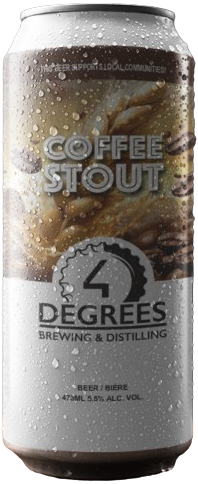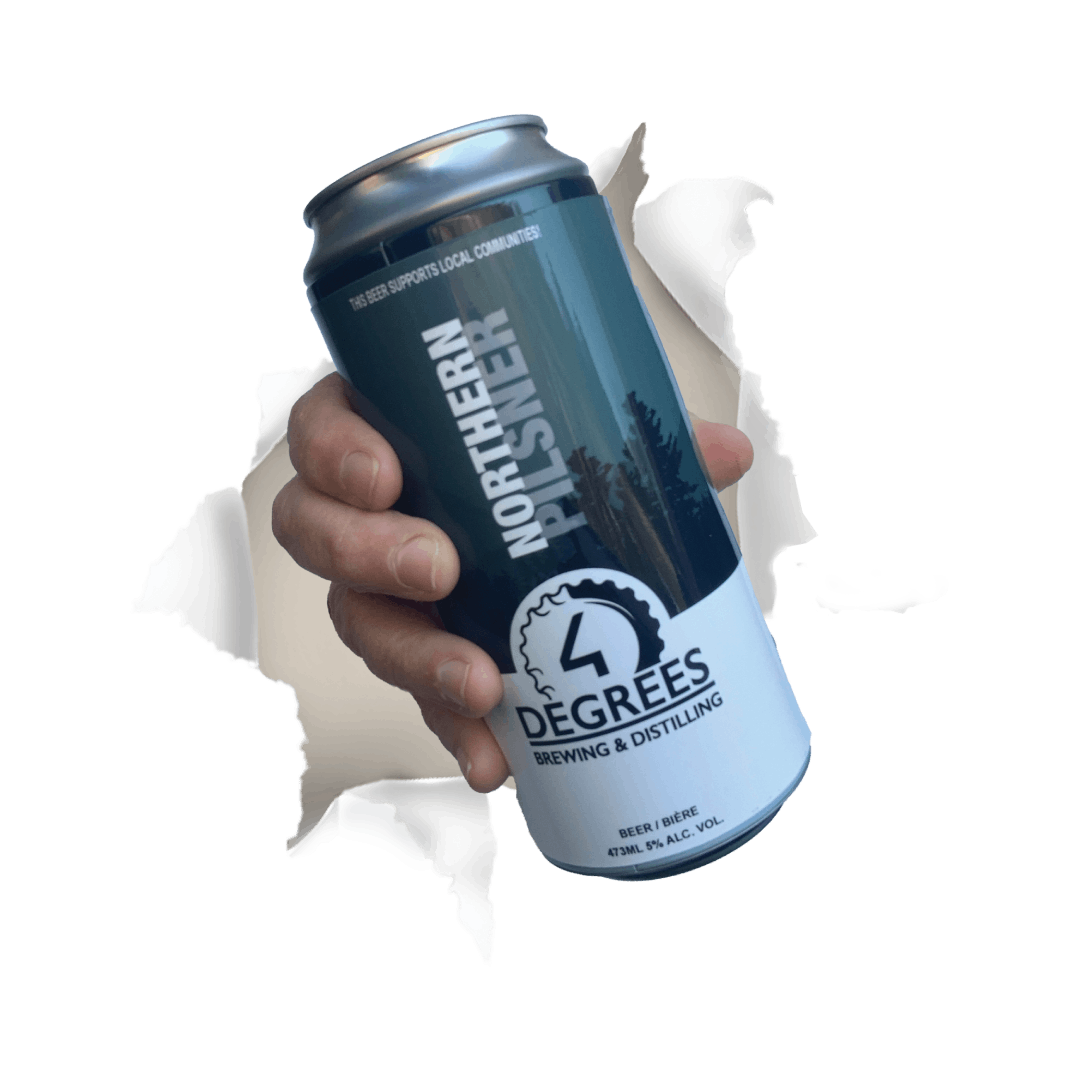
Northern Pilsner
5% Alcohol
Our Northern pilsner has the signature golden straw colour, bitter taste, excellent head retention, and floral hop flavour and aroma that embodies the full nature of this European lager beer style. Its crisp, clean flavour is ripe with a bready maltiness that’s perfectly balanced with a distinct hop character. Bitterness is prominent but never harsh.
Souther Lager
4% Alcohol
Straw coloured with mild malt flavour and low hop bitterness. Has a clean, crisp flavour with a hint of hop aroma. An easy drinking beer that calls out for another. the module Advanced settings.


Eastern IPA
6.4% Alcohol
Our Eastern IPA is a classic New England IPA with big juicy tropical fruit aromas and flavours and all the classic intense silky smooth full-bodied IPA hoppiness. It has the typical IPA haziness and pale colour with a mild, neutral malt character. It ends with a light, clean finish on the palate.
Western Wheat Ale
5% Alcohol
Our Western Wheat is brewed in the German Weissbier style. It’s smooth, creamy, and cloudy with notes of banana, toffee, and clove, and stands a nice foamy head that releases the aroma of the beer. The flavour profile has hints of exotics spices and fruits. It has a moderate hop bitterness that balances the luscious malt character. Definitely a highly refreshing Summer beer.

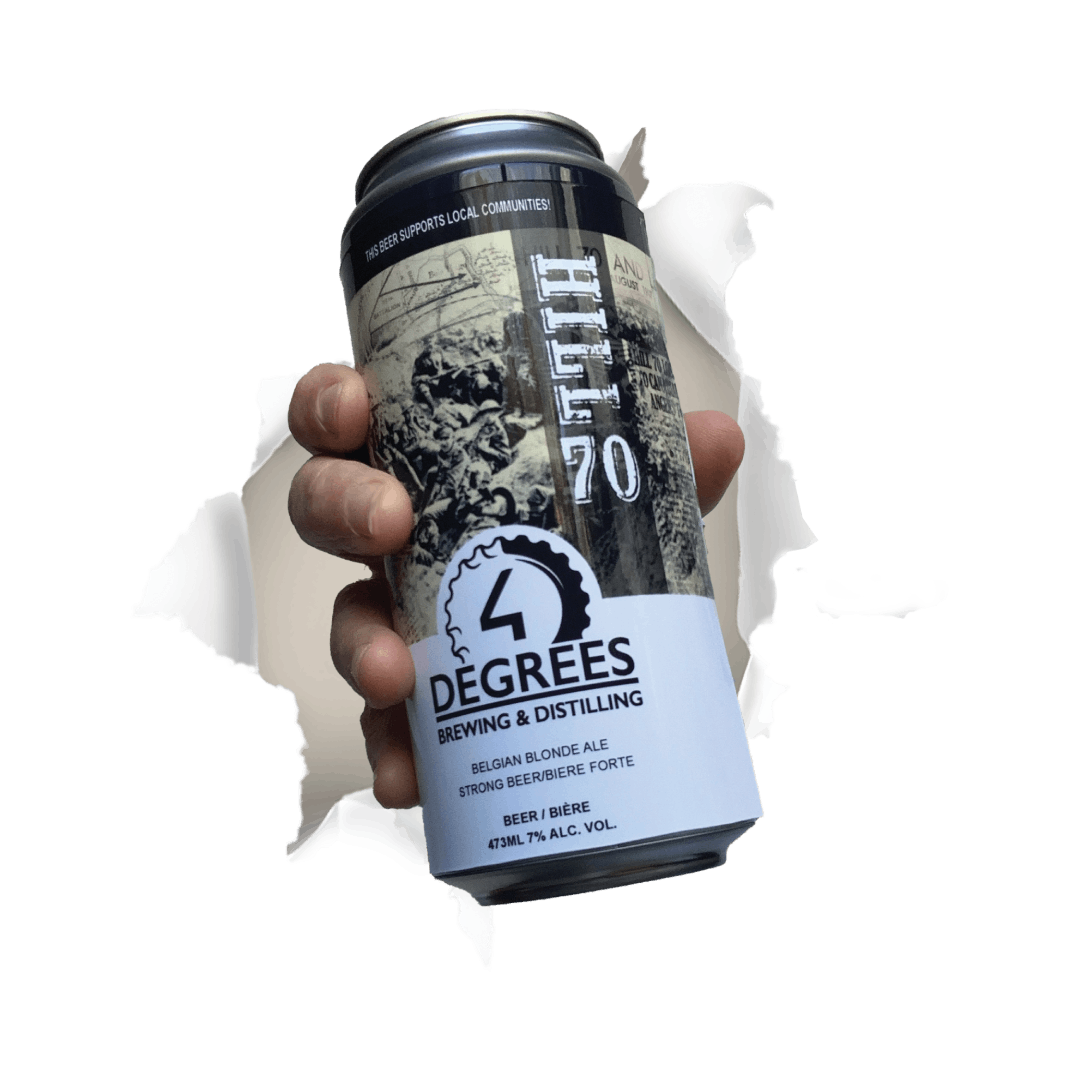
Hill70
7% Alcohol
An easy-drinking beer with a light earthy hop nose and a medium malt aroma with a fruity ester character. The body is surprisingly light for this comparatively high-alcohol beer. The finish is dry and balanced.
Spunky Monkey Radler
5.5% Alcohol
Real grapefruit juice gives this deliciously refreshing Radler its sweetness. A blend of lager and real fruit juice with an amber natural cloudiness and pleasant spunky taste its guaranteed to be a favorite thirst quencher.


Coffee Stout
5.5% Alcohol
Pronounced coffee and dark-roasted malt flavours that contain hints of cocoa and licorice, and lot of fruit esters from the fermentation. This is a very malty but crisp tasting beer. Light-bodied and smooth with a semisweet but slightly dry finish.
Our Selection of Future Beers
Something exciting is brewing! Stay tuned for our latest craft beer creations, launching soon. Join us as we unveil bold flavors and new experiences. Keep an eye on this space for updates!

